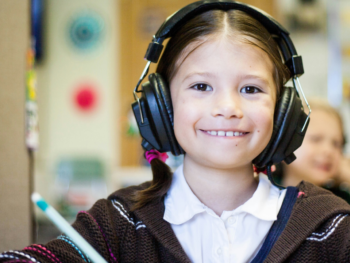In the quest for educational excellence, it's essential to take a critical look at our current school systems and consider what can be improved. In his thought-provoking book, "How U.S. Schools Harm Kids: And What To Do About It," Dr. Timothy Wood dives deep into the challenges and shortcomings of American education. While his critique may be candid, Wood's work offers not only a fresh perspective but also a roadmap for positive change. In this blog post, we'll explore the book's core ideas and how it paves the way for a brighter future in American education.
- The Honest Appraisal of Current Educational Practices: Wood begins by offering an honest appraisal of the U.S. education system, highlighting the issues that have plagued it for years. From standardized testing pressures to the one-size-fits-all approach, he takes a critical stance on the detrimental effects these practices have on children's well-being and learning. Instead of merely critiquing, Wood also offers well-researched solutions that promote positive change.
- The Focus on Student Well-Being: One of the standout features of Wood's book is his emphasis on the well-being of students. He argues that the current system often neglects the emotional and mental health of students, causing stress, anxiety, and burnout. By addressing these issues, "How U.S. Schools Harm Kids" doesn't just critique the system—it offers a compassionate alternative.
- Embracing Individualized Learning: Wood advocates for a shift toward individualized learning, where students are encouraged to explore their passions and learn at their own pace. By promoting personalized learning experiences, he envisions a more engaging and effective education system that nurtures each child's unique strengths and interests.
- Encouraging Educator Empowerment: The book also underlines the importance of empowering educators. Wood contends that teachers should be allowed more creative freedom in the classroom, providing them with the autonomy to adapt their teaching methods to meet the needs of their students. By trusting and supporting teachers, Wood believes that the education system can become more flexible and responsive to student needs.
- Promoting Parental Involvement: Timothy Wood recognizes the vital role parents play in their child's education. By encouraging parents to be actively involved in their children's learning journey, the book promotes a collaborative approach where all stakeholders work together to create a supportive and enriching educational experience.
In "How U.S. Schools Harm Kids: And What To Do About It," Dr. Timothy Wood offers a refreshingly candid appraisal of the American education system. Rather than dwelling on its flaws, he focuses on solutions and a vision for positive change. By emphasizing student well-being, individualized learning, teacher empowerment, and parental involvement, Wood's book serves as a beacon of hope for a brighter future in American education. It reminds us that positive change is within reach if we are willing to critically examine our practices and embrace a more compassionate, flexible, and inclusive approach to education.






